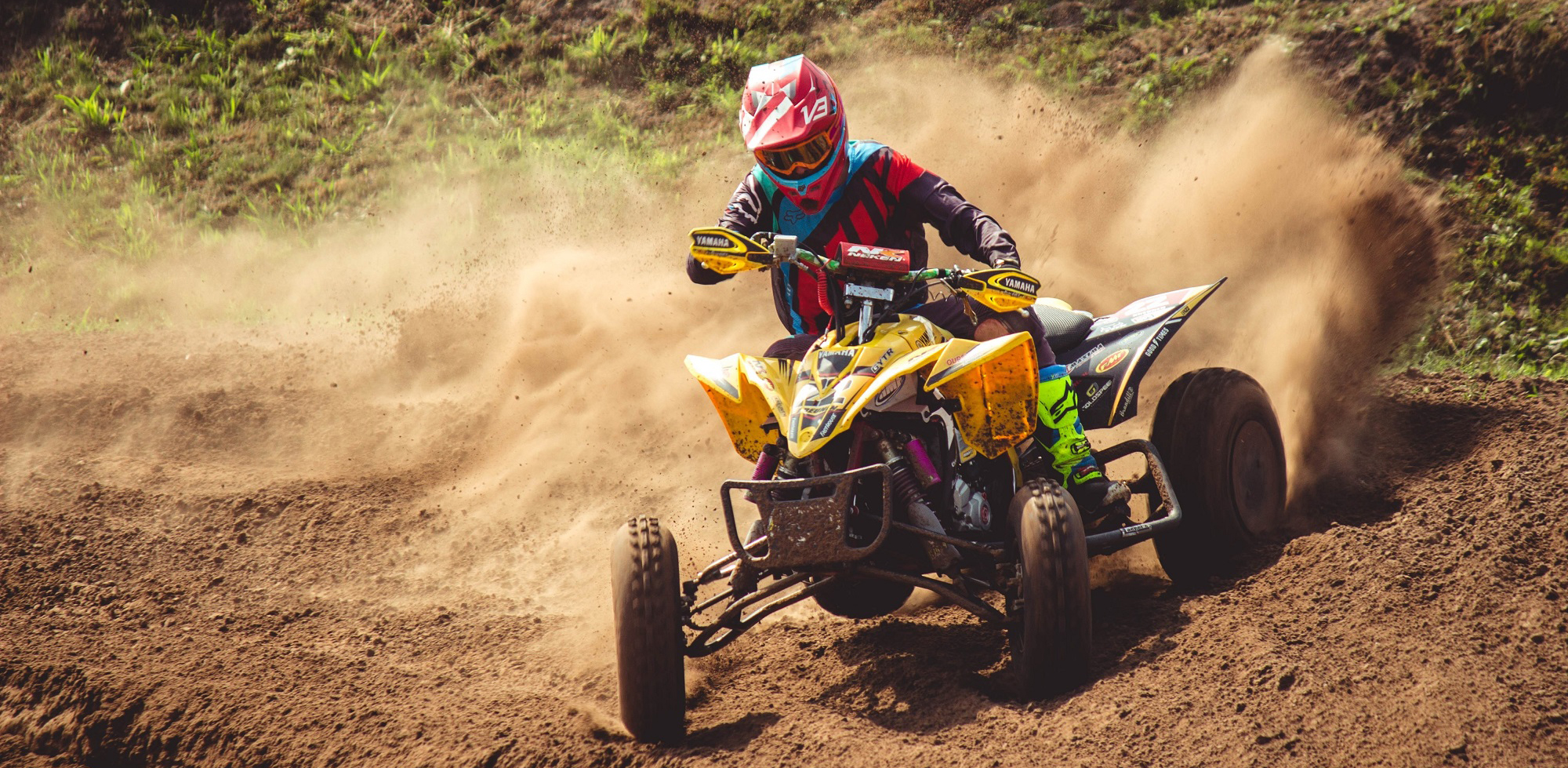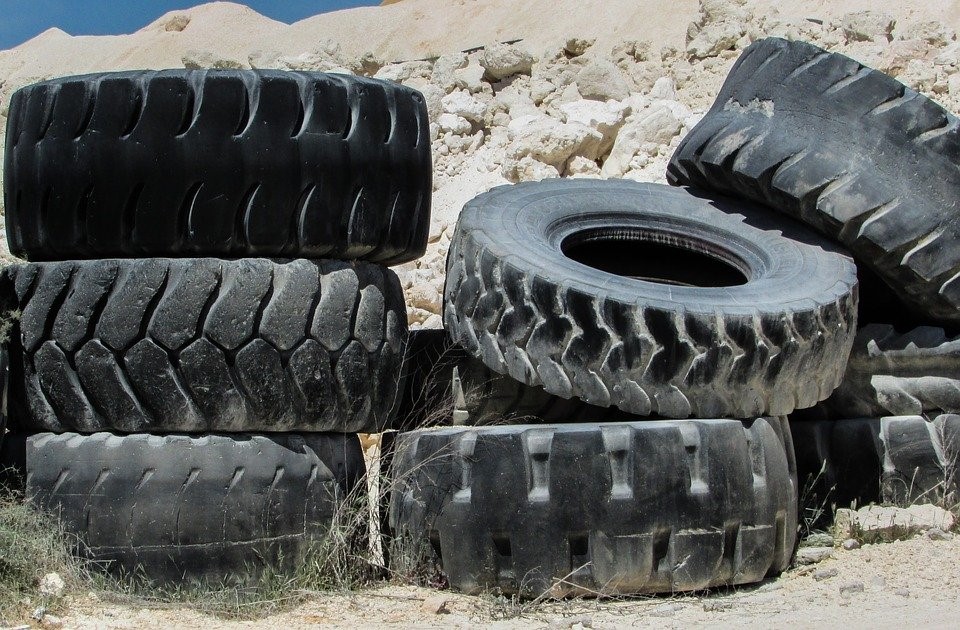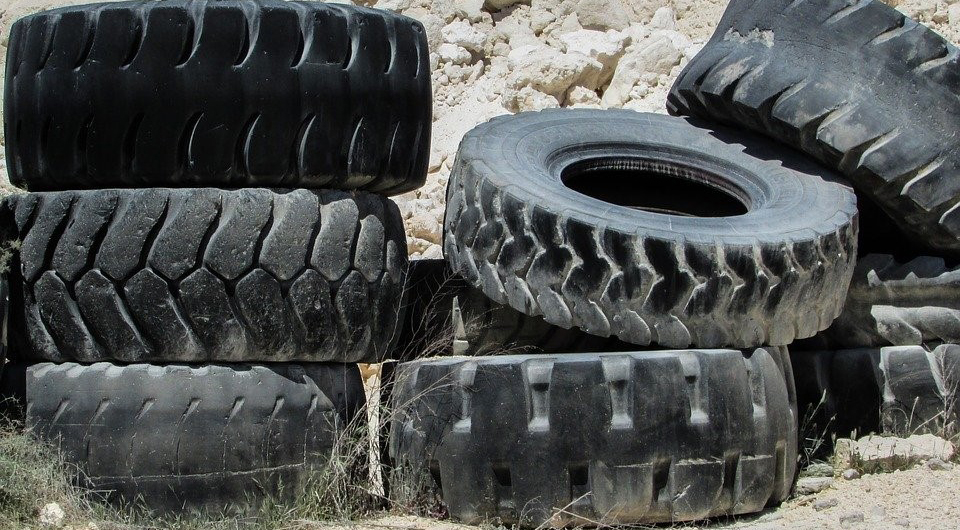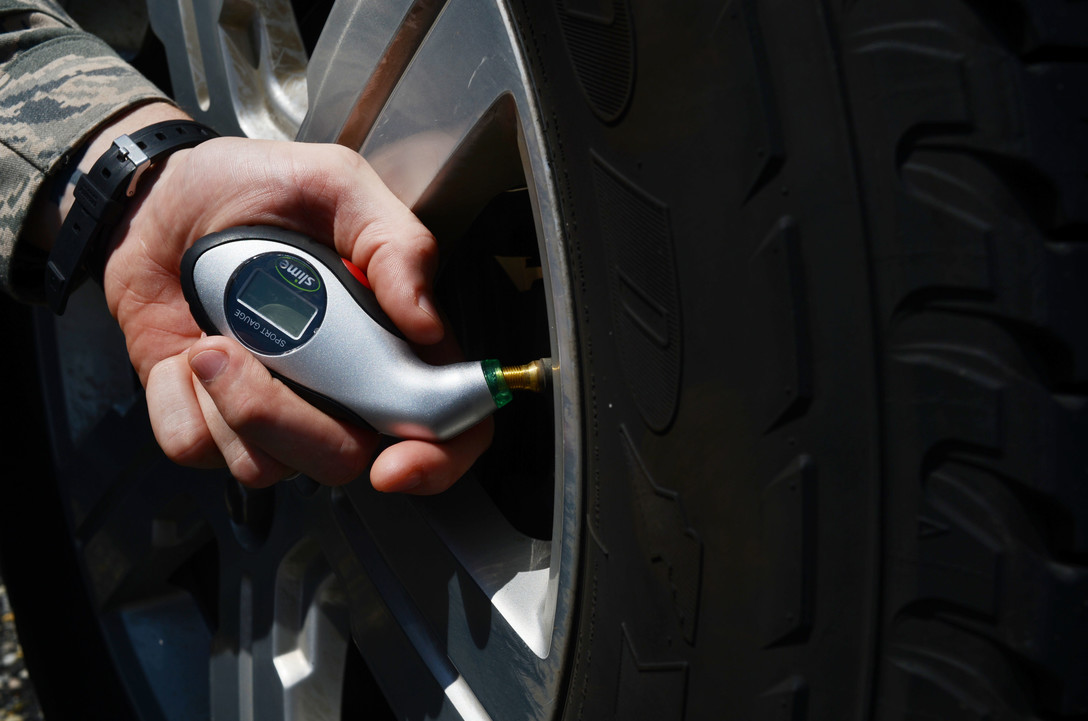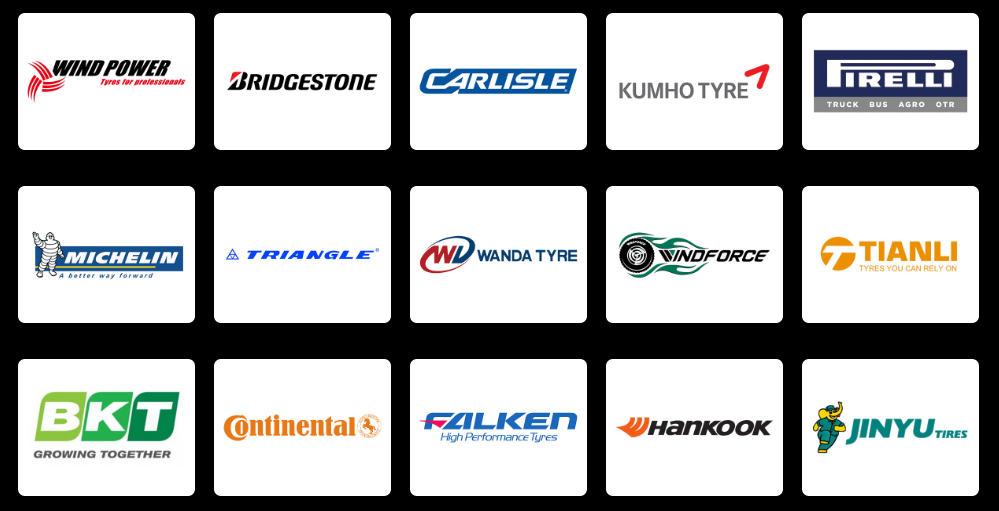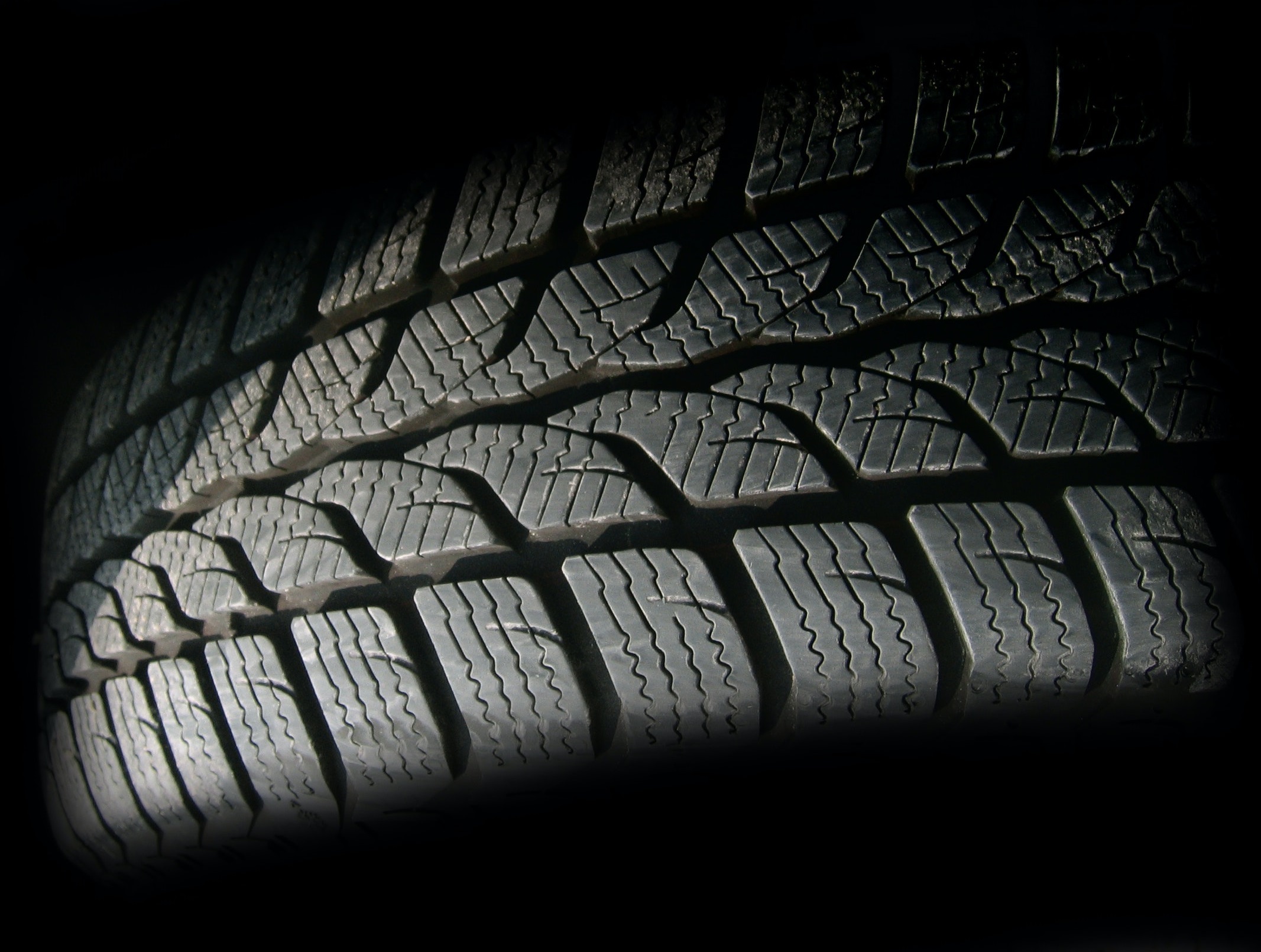
At a glance:
- Choosing the right OTR tyre is crucial to enhance job efficiency and productivity in construction and mining sites.
- You should make some necessary considerations to select the suitable tyre tread for your vehicle and enhance its shelf life.
OTR (off-the-road) tyres are used in some of the toughest conditions on earth, such as mining or construction sites. The OTR tyre tread pattern has a significant impact on the performance of your vehicle in such harsh conditions and affects your ability to finish the job efficiently and effectively.
There are different types of tread patterns designed for specific applications. While selecting an OTR tyre for your vehicle, it is important to buy one with an optimised tread for the driving conditions it will counter. By doing so, you can ensure a good return on your tyre investment, along with improved machine efficiency and productivity.
In this blog post, we look at the common OTR tyre tread patterns, their applications, septs to choose the right tread for specific needs and ways to improve their shelf life.
Types of OTR Tyre Tread Patterns
OTR tyre tread patterns are designed for heavy-duty vehicles used in mining, construction, and other off-road applications. These tyres have robust construction and high load-bearing capacity and offer excellent traction in harsh driving conditions. There are different types of OTR tyre tread patterns, each with a distinct design and function.
Rock Tread Pattern
This is the most common tread pattern for OTR tyres designed for craggy conditions. In this tread pattern, lugs are arranged in S or Z-shaped sinuous lines in the tread area. They have an aggressive tread design with deep grooves and reinforced sidewalls to resist damage.
Advantages: The rock tread pattern provides excellent traction on rocky surfaces and superior resistance to cuts and tears.
Limitations: Reduced performance on soft and loose surfaces like sand and mud.
Examples of Applications: Mining trucks, earthmovers, graders, and loaders.
Block Tread Pattern
Block tread patterns consist of large, solid blocks on the tread surface. These blocks or lugs are designed to provide excellent traction and grip on uneven surfaces, such as sand, mud, and rocks. Block tread patterns are available in two orientations, directional and non-directional.
Advantages: Block tread pattern offers high traction and good stability on hard and soft surfaces and is resistant to cuts and punctures. They are excellent for applications on abrasive surfaces like concrete or asphalt that quickly grind away other tyre patterns.
Limitations: Reduced ride comfort, higher noise levels, and limited high-speed capabilities.
Examples of Applications: Earthmovers and loaders.
Rib Tread Pattern
Rib tread patterns feature continuous, circumferential ribs along the tyre’s surface. As ribs (the raised section of the tread area) have a continuous design, the tread blocks run independently across the entire tread area. This tread pattern provides stability and good steering on hard-packed industrial sites.
Advantages: Excellent road stability, improved steering precision, and low rolling resistance. The low rolling resistance results in good fuel efficiency.
Limitations: Limited traction on loose or soft surfaces and reduced performance in muddy and wet driving conditions.
Examples of Applications: Finish grades and industrial tractors.
Smooth Tread Pattern
Smooth tread patterns do not have actual tread patterns and so are called smooth tread patterns. They lack grooves on the tread area and are designed for equipment used in working conditions where traction is the least of concern. While the circumferential tread section is smooth, grooves are found scarcely on the shoulder of the tyre to provide resistance against wear and tear.
Advantages: Reduced rolling resistance, high wear and cut resistant, durability, and reduced noise levels.
Limitations: Poor traction on wet surfaces and limited performance on rough terrains.
Examples of Applications: Compactors, rollers, loaders, and dozers.
Factors Affecting OTR Tyre Performance
Terrain and Weather Conditions
Different terrains such as mud, sand, and rocks impact tyre performance. Tread patterns should be selected accordingly to match the road conditions.
Wet or slippery surfaces, such as icy conditions or rain-soaked roads, affect traction and handling. Choosing the right tread pattern will ensure an accurate grip on wet and slippery surfaces.
Load Capacity
OTR tyres, like any other tyre, have a maximum load-bearing capacity. Exceeding the load capacity can result in increased wear, premature tyre failure, increased fuel consumption, and reduced performance.
Proper inflation pressure and tyre selection based on the vehicle’s loading conditions are important to maintain optional tyre performance.
Vehicle Type and Purpose
Different types of vehicles, such as mining trucks, compactors, cranes, or front loaders, have specific tyre requirements. Tyres should be chosen based on the vehicle’s purpose, expected operating conditions, and axle configuration.
Speed and Distance Travelled
The speed at which a vehicle operates affects the tyre’s performance. Higher speeds generate more heat, leading to excessive tyre wear and puncture.
The distance travelled impacts tyre durability and lifespan. Continuous use and frequent long-distance use without proper tyre inspection and maintenance can increase tyre damage.
Choosing the Best OTR Tyre Tread Pattern
When selecting the best OTR tyre tread pattern for your vehicle, it is crucial to follow a systematic approach and consider various factors. Here are some steps you need to take when choosing the optimal tread pattern to match your preferences:
Assess the Application and Terrain
Understand the specific application and terrain in which the OTR tyre will be used. Consider factors like the type of surface, the presence of obstacles, and the severity of the terrain.
Identify the primary conditions the tyre will encounter, such as off-road, highway, or both.
Evaluate Traction Requirements
Determine the level of traction needed for the application. If you use the tyre on a soft or loose surface, a tyre with aggressive blocks is suitable. For hard-packed or craggy surfaces, a rib pattern OTR tyre is appropriate.
Consider whether you need the tyre to perform well in wet and slippery conditions. Specific tread patterns are designed to excel in specific driving conditions.
Analyse Durability and Resistance
Assess the durability and resistance features of tyres required for the application. For this, you should consider factors like cut and puncture resistance, abrasive surface resistance, sidewall protection, and resistance to wear and tear in harsh conditions.
Seek Manufacturer Recommendations
Consult with the tyre manufacturer’s recommendations and guidelines specific to the intended application. Manufacturers provide detailed information about which tread patterns are suitable for specific driving conditions.
Implementing the Best OTR Tyre Tread Pattern
When implementing the best OTR tyre tread pattern, there are several steps to follow to ensure proper installation and successful implementation.
Consult with Experts
Seek advice from OTR tyre experts and professionals who have experience in selecting and installing tyres for specific applications.
Engage with tyre manufacturers or suppliers who can provide guidance and recommendations based on your specific needs.
Evaluate Vehicle Compatibility
Ensure that the selected OTR tyre tread pattern is compatible with the vehicle’s specifications, including load capacity and axle configurations.
Consider any limitations or recommendations from the vehicle manufacturer regarding tyre selection.
Proper Tyre Sizing
Verify that the chosen tread pattern is available in the correct tyre size for your vehicle. Refer to the manufacturer’s specifications and guidelines for selecting the appropriate tyre size.
Check Tyre Pressure
Marinating proper tyre inflation pressure as specified by the tyre manufacturer and vehicle manufacturer.
Regularly monitor and adjust tyre pressure to ensure it is within the recommended range to ensure vehicle stability, fuel efficiency, and optimal performance.
Maintenance and Lifespan of OTR Tyres
The lifespan of a tyre depends on various factors, such as application, terrain, and maintenance practice. Maintenance plays a key role in ensuring the longevity and optimal performance of OTR tyres. Here are some key maintenance requirements for your OTR tyres:
Regular Inspection
Conduct a visual inspection of your tyres to check for signs of damage or excessive wear. Look for cuts, sidewall damages, punctures, and signs of foreign objects on the tyre.
Load Capacity and Overloading
Overloading can result in excessive stress on tyres, leading to wear or premature tyre damage. So, adhering to load capacity and avoiding overloading is important to keep tyres safe for longer use. Always ride under load capacity limits specified by the tyre manufacturer.
Proper Inflation
Maintain the recommended tyre pressure specified by the manufacturer. Improper inflation can lead to uneven wear, reduced tyre life, and compromised vehicle performance.
Wheel Alignment
Misalignment can result in uneven tyre wear, leading to premature tyre damage and reduced lifespan. So, it is important to ensure proper wheel alignment to avoid uneven tyre wear.
Routine Tyre Rotation
Rotating tyres periodically will ensure even tread wear across all positions. This will improve tyre life and maintain consistent performance across all positions.
Storage
Proper tyre storage ensures a longer shelf life of tyres. Store your tyres in a cool, dry, and well-ventilated place, away from abrasive chemicals. Improper storage deteriorates the tyre rubber and reduces the lifespan of your tyres.
Conclusion
In conclusion, selecting the best OTR tyre tread pattern is crucial for ensuring optimal performance and longevity of the tyres. The tread pattern affects the tyre’s stability, handling, and traction characteristics across all driving conditions.
Different tread patterns are available for specific applications. Each tread pattern has its advantages and limitations. Rock tread patterns provide excellent driving features in craggy conditions, block patterns provide excellent traction in rugged off-road conditions, rib patterns offer stability and fuel efficiency on well-maintained roads, and smooth patterns provide reduced rolling efficiency and high wear-cut resistance.
While selecting the right tread pattern for your OTR tyre, you should consider factors like terrain conditions, load capacity, vehicle type and purpose, and frequency of use. These factors impact the tyre’s performance, and it is important to understand their impact on the tyre to find the best match for your specific needs.
